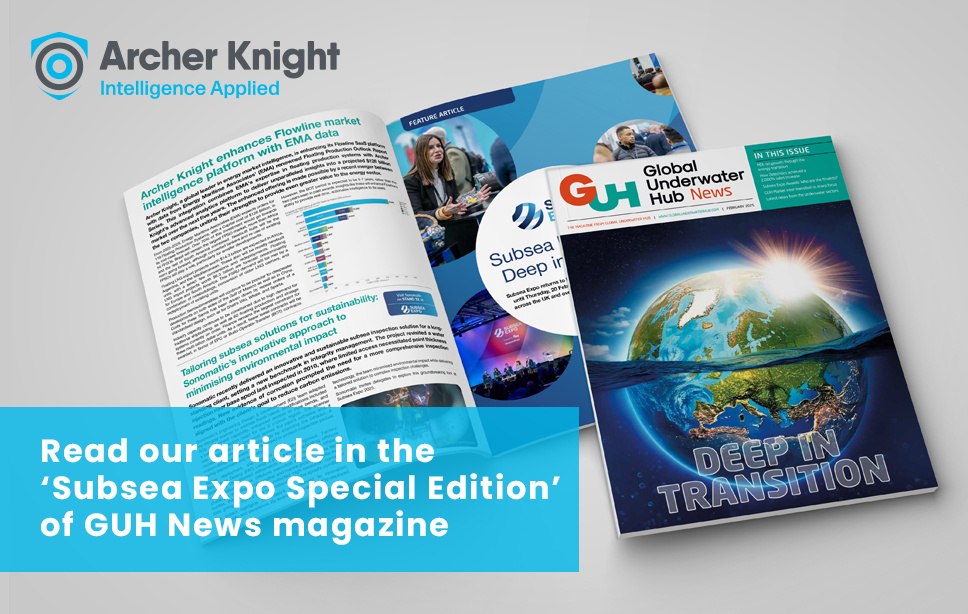5 min read
Promoting competence: how to achieve diving safety excellence
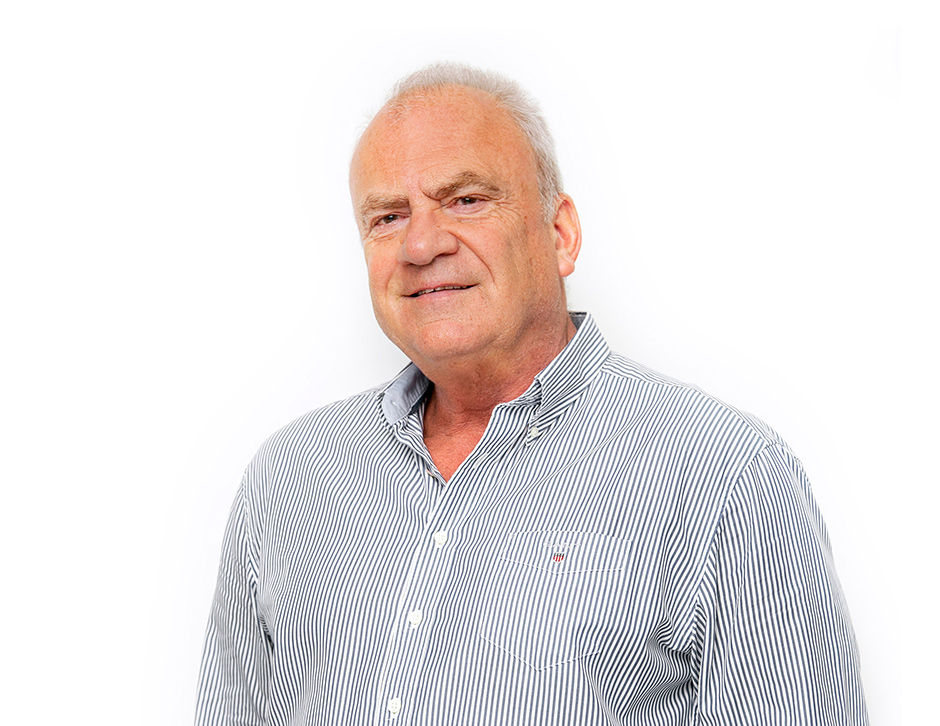 Derek Beddows
:
May 4, 2020
Derek Beddows
:
May 4, 2020
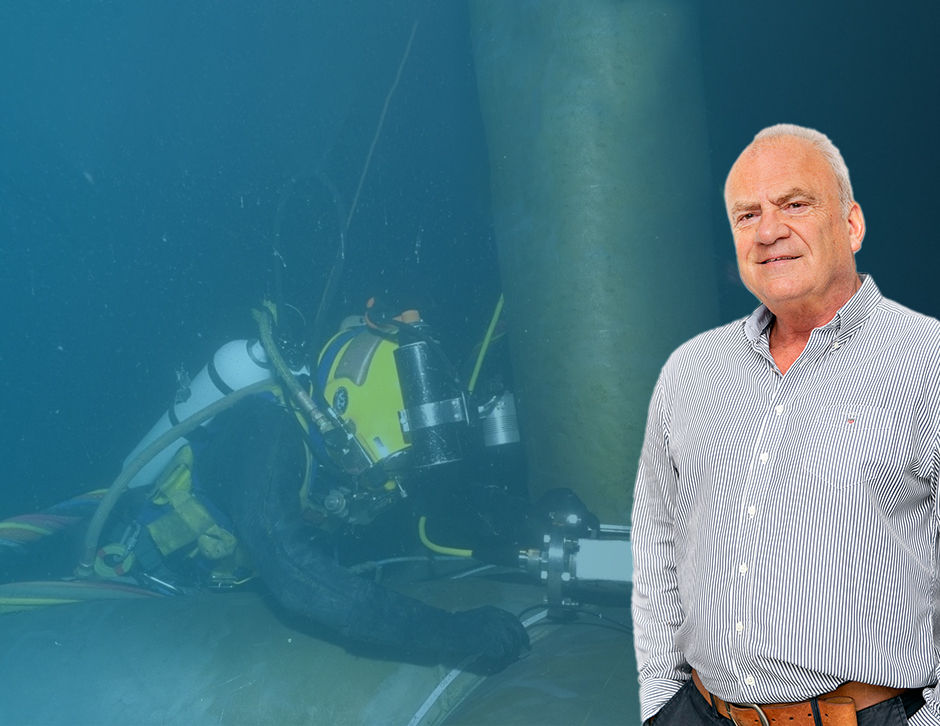
Can we be better, can we be safer?
Safe diving operations is a subject I’ve been passionate about all my working life. Diving is an inherently dangerous activity – it takes us well beyond our natural safe state as human beings. And yet for professional divers, in reality, it is just the means of reaching their worksite, once the diver is there, they have to be able to perform and execute a scope of work which may add further risk.
In order for divers to do their jobs safely, the focus at every level has to be on competence. As we all seek to better understand the diving industry it’s important to look for the opportunities to press the reset button on existing norms and get away from the ‘but that’s the way we’ve always done it’ mindset.
As an example, 40 years ago, it was believed saturation diving was more dangerous in the long-term than repetitive surface-supplied diving with a surface-decompression requirement on oxygen at the end of it.
I can recall many conversations with the hyperbaric doctors of that time. Looking back now, were…
Repetitive deep air dives, often in scuba, requiring a descent (frequently through strong currents and zero visibility), a limited bottom time, a controlled ascent, possible in-water stops, a final ascent and ladder or basket out of the water (with just a few minutes to get out of the diving gear), then a scramble across an oily rig deck and a rapid blow down in a decompression chamber to minus 40 feet on oxygen.
less hazardous for the human physiology than...?
A single blow down to depth, a working period and a final, carefully managed, decompression back to surface.
It’s worth highlighting here the ‘Shields Report’ (Offshore Technology Report – OTO 97 812. The Incidence of Decompression Sickness arising from Commercial Offshore Air Diving Operations in the UK Sector of the North Sea During 1982/83), a little-known but key reference UK HSE document which highlights research that determined constant deep air diving was potentially more hazardous to the physiology of a diver than the saturation alternative.
The conclusion from this study ultimately led to the UK HSE correctly applying exposure limits for air diving bottom times. Our thinking has had to evolve over the years, to reflect progress in our knowledge and understanding.
Tackling incompetence by learning from previous tragedies
Essentially, we have developed different techniques to get the professional diver to their place of work. Selection of these techniques is usually driven by depth and location – and of course regulation and governance in the more mature provinces where commercial diving is executed.
Once the diver is safely at the worksite, we have to be able to keep them safe during their tasks and continue to keep them safe throughout the process that either mates the diving bell back onto the system, or brings them back to surface to change out or decompress.
There’s not the space here to go into comprehensive detail around all the tasks with inherently high-risk profiles which divers are typically expected to undertake. However, I will highlight the three UK sector, North Sea diving fatalities which occurred in the 1990s, simply because I spent most of that decade working in that region:
-
1995 – Ineffective umbilical management from a closed bell, operating on DP in shallow water.
-
1996 – Failure to understand and safely manage differential pressures on the seabed.
-
1999 – Failure to consider and manage the risks of an underwater explosion during a hot cutting operation.
The overlying factor behind these events is competence, or more specifically the lack of it and the failure to apply it (which is probably the same thing, whether it is in the systems of, or control of work, failure to effectively risk assess and communicate findings, or simply failure to competently supervise an operation).
Fortunately, in the North Sea at least, the past 20 years have seen an improvement in safe diving operations overall. All three of the tragedies mentioned above have led to the development of new safety guidelines or revisions of existing ones.
The 1995 tragedy led to the development of the safety guideline IMCA D 010 (diving operations from vessels operating in dynamically positioned mode) and the inclusion of extended umbilical operations. It may now be timely to totally separate the Divers Extended Umbilical criteria from the DP Diving in Anchor Patterns text and provide a totally specific guidance around what is a hazardous diving activity and one that is still poorly understood and executed in some parts of our industry.
Meanwhile, the 1996 tragedy led to the later development of IMCA D 044 (guidelines for isolation and intervention: diver access to subsea systems). The 1999 tragedy was behind the later revision of IMCA D 003 (guidance for oxy-arc cutting), so some lessons were learned and actions followed up but not before the loss of life.
However, across the international arena, there are still too many cases where divers are needlessly losing their lives or being carelessly and avoidably injured through incompetence for simply following instructions and doing their job. In many cases, following these injuries, individuals have experienced an unacceptably low level of support, responsibility, communication, compassion and decency from their employers. Competence is paramount, but a company's values also must be securely fastened to an ethical, caring moral compass, or else they have no value at all.
How we approach diving safety excellence at Archer Knight
One of the drivers behind joining Archer Knight was that the team and I share the same values. We both believe that safety and quality come before revenue and shareholder value. If you get the first two right, the second two will follow. I plan to lead Archer Knight’s Diving Technical Authority expertise and support with a focus on offering diving safety excellence to our clients, with a service which is uncompromising in terms of adherence to excellence.
This will include those short-term days in supporting focused risk assessments and readiness reviews, to the more complex and comprehensive deliveries, such as overall diving safety management systems, diving practices & standards, safe working practices, tender & bid support and incident investigation.
Focusing on competence
One area of particular focus will be competence. There are many definitions around competence. For me, it’s about possessing the technical skills, understanding, knowledge, professional qualifications, personal qualities and – importantly – the experience, aptitude & attitude. Does an individual have all these to execute their assigned duties at a level of responsibility allocated to them to meet a minimum required standard?
It’s not just about qualifications. Does the individual have the correct attributes to deliver a safe operation? Training is essential but a piece of paper can also hide failings and does not always assure competence.
Competence across the diving discipline has to be measurable, credible and reflected by individual experience – not the signatures on the bottom of a course certificate. A course without a robust pass/fail exit criteria that is actually applied is simply just that ...a course. And, without a similarly robust entry criteria, where is the assurance that the correct candidates are applying? Combine the two and you elevate the risk profile.
Looking ahead
The diving industry has emerged from one of the most serious downturns it has ever faced only to be confronted by a pandemic scenario. This will result in further loss of expertise, skills fade and rate reductions resulting in the more experienced and normally in-demand professionals seeking other opportunities.
There is a hugely challenging period ahead, both for this industry and the wider economy. It’s never been so important as it is now to review the ways we audit and assure; that we apply oversight of self-verification.
At Archer Knight, we will ensure our processes, procedures, technical support and guidance remain both rigorous and robust by scrutinising every element of our business management systems and relentlessly pursuing the safest and highest-quality service achievable.
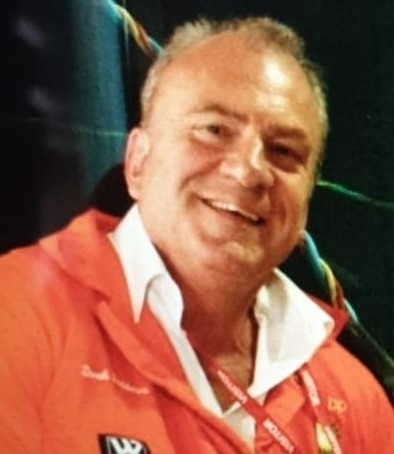 Derek Beddows
Derek BeddowsDerek Beddows is Diving Technical Authority for Archer Knight contact him on divingta@archerknight.com
Archer Knight's Diving Technical Authority Services Document. Click here to have a copy sent out.
For more information on Archer Knight’s services visit www.archerknight.com
#diving #safety #quality #subsea
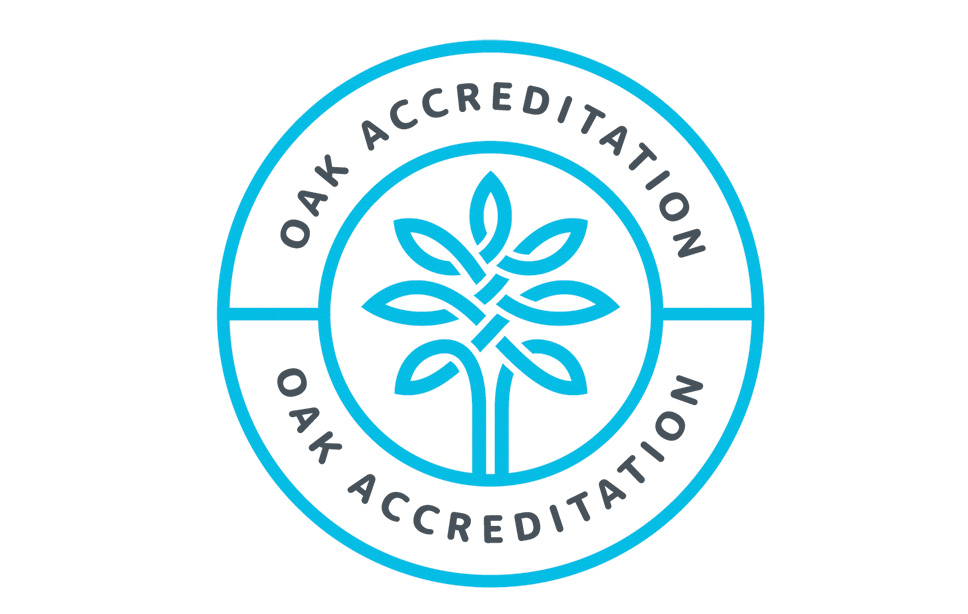
1 min read
New accreditation scheme will ‘raise the bar’ for offshore safety and competency.
Orion Group and Archer Knight announce pioneering new competency assessment service Recruitment firm Orion Group and energy industry...

1 min read
Archer Knight welcomes new recruits to summer intern programme.
We’re growing the energy talent of the future Robert Gillespie and Cameron Kerr Two promising youngsters will be showcasing their...
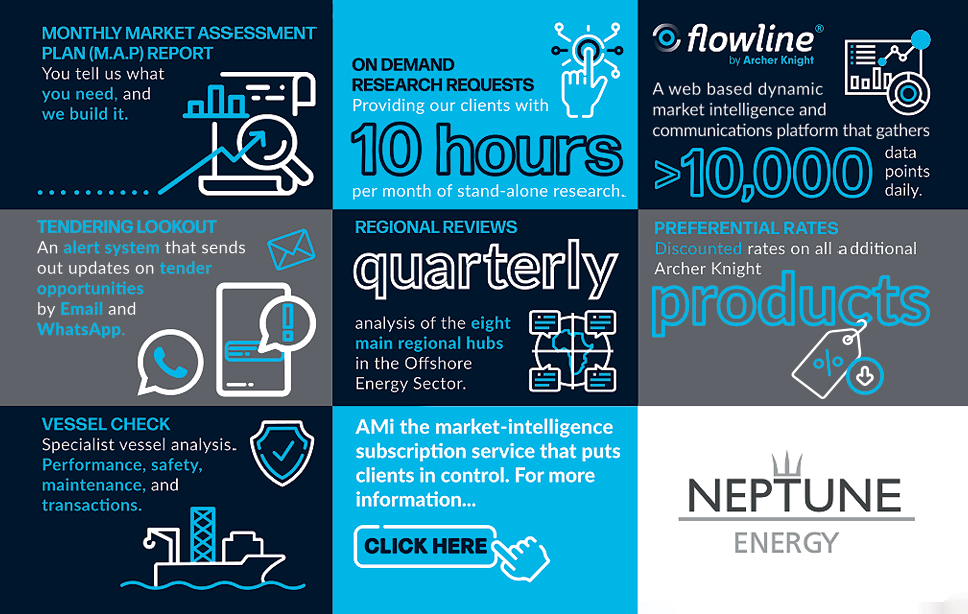
1 min read
Archer Knight wins major market intelligence contract with Neptune Energy
Leading independent E&P company to use the Alliance Market Intelligence (AMi) service for its employees worldwide. Archer Knight has hailed a...


